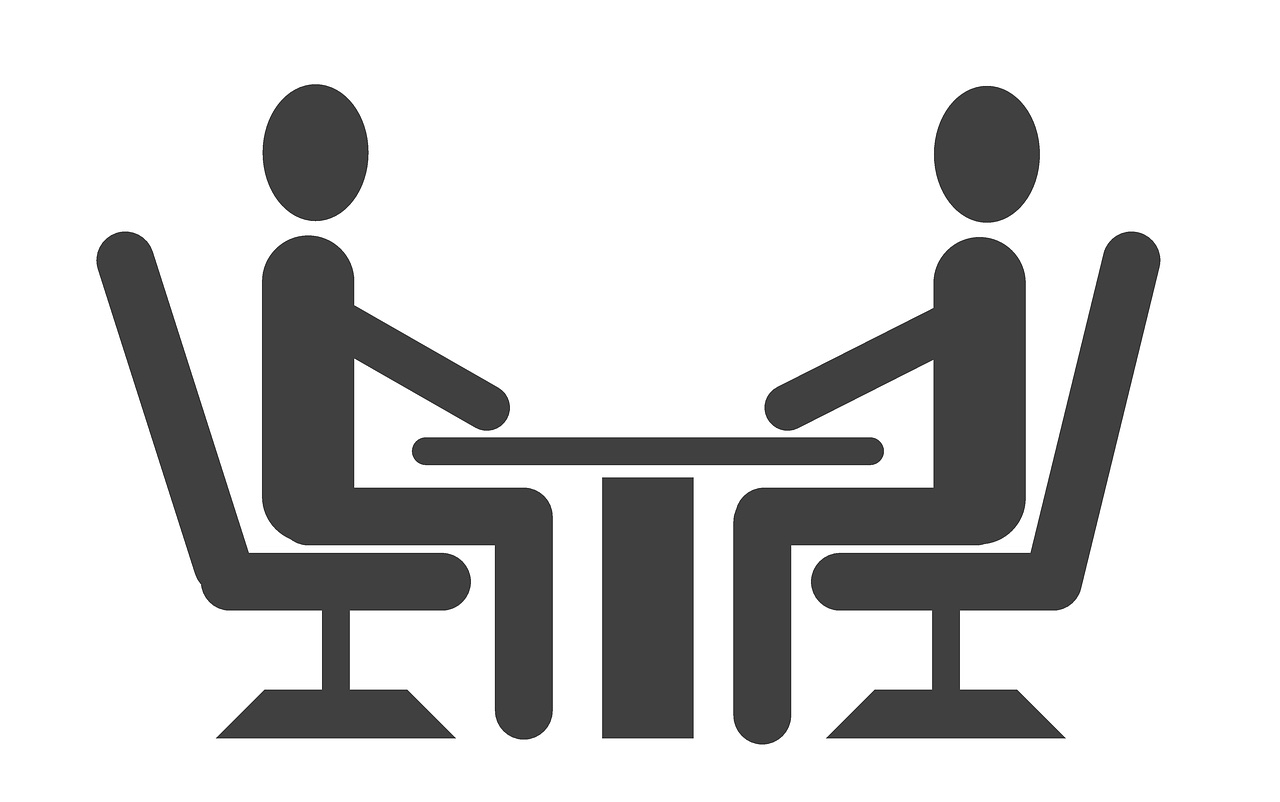
The ranking process and rank list seem like a black box from a medical student’s perspective. But today, we will shed some light on how the process works (at least in our radiology residency!) Of course, I cannot speak for all radiology residency programs. But, many programs do have a similar process.
So, how does this all work? You will be the proverbial fly on the wall in today’s post. More importantly, hopefully, you will gain insight into what we look for when we meet and what the rank list process entails.
The Basics Of The Rank List Process
It all begins a few days before the interviews take place. Each interviewer takes home a pile of applications to review before the interview day. Of course, we consider the usual suspects- the Dean’s Letter, research, experiences, recommendations, and all the other components of the process (See Cracking The Radiology Residency Application Code!) And all of these factors are weighted accordingly, with the Deans Letter weighted the most in the equation.
Then, we add on our impressions of the candidate from the interview. Based on these factors, typically, the interviewers give each candidate an overall grade on the day of the interview. Why? Because the applicants stick freshly in our minds on the interview day.
Most importantly, however, after we give the candidates this initial grade, we confirm our impressions with the residents. We call this meeting the coffee clutch. (Other programs, I’m sure, have other names for this sort of meeting!) Depending on the gestalt of the residents, we may change that final grade to higher, lower, or to do not rank.
Only then, once we have the residents’ input, does each interviewer finalize the overall grade that the applicants receive. And we place the interview candidates into three primary piles. The first batch is the application pile that satisfies our credential and personality requirements. We like to call these applications the “rankables.” Most candidates fall into this grouping.
For the next category, we call this the question pile. Sometimes, we will revisit these candidates at a later juncture after we have obtained additional information. Other times, we must mull over the quality of the rest of the candidates before we decide to rank them finally.
And lastly, the final group of applications is those that do not pass muster. We place these into the Do Not Rank list (informally called DNR/DNI!) To summarize, these applications are from candidates with inadequate credentials, personality flaws, or other issues that we think would not fit our program’s culture and philosophy.
How Do We Create Our Rank List?
If you remember before, I mentioned that each interviewer gives a candidate an overall grade. And, for any given day, we always have two interviewers. Each interviewer provides a score from 1 to 11, with 1, the lowest possible score (except for DNR/DNI!) and 11, the highest possible score. Subsequently, we sum the score of the two interviewers, representing the candidate’s primary grade. (scores range from 2-24) Most applicants assemble somewhere in the middle of the pack (scoring between 10-14)—of which those exceptional scores higher and those weaker trends lower.
However, we did not entirely complete our work yet! Next, we take into account a couple of other factors. First, folks that submit a thank you letter will receive an additional half point. And then, those that come for second looks will also garner a half point. (We only add points if we did not DNR the candidate!) What is our motivation behind this? We like to add a little bit to these folks that take the time to show interest in our program. If you think about it, it makes sense. Candidates who succeed in our program want to be here. And, thank you letters and second looks show additional interest. So, it makes sense to reward these folks.
In the situation of those candidates squarely in the middle of the pack, these minor half points can potentially make a humongous difference. Since most candidates congregate around the mean, it simply puts you above everyone else in your category.
Submission Time
Once we finish our last day of interviews, we check for and add on any extra thank you letters and second look points to all members of the rank pile. In addition, we revisit the question pile, making sure to call who we need to call, get additional information, and decide whether we will rank these applications.
We add the numbers to create a final ranking for each candidate’s application. But, we are still not done. We recheck the applicant rank list several times to ensure that the rank order makes sense and we have not made any other errors. And then finally, we input the numbers directly into the computer on the NRMP website.
Final Thoughts
Well, that’s about it. Nothing earth-shattering! No system is perfect. But in my biased view, the process seems logical and fair. I like to think that we do a decent job with our information.
Most importantly, the proof is in the pudding. When I realize the great residents we have accepted over my tenure as Associate Residency Director using our ranking process, it has paid dividends over time. Our residents have been fantastic!














